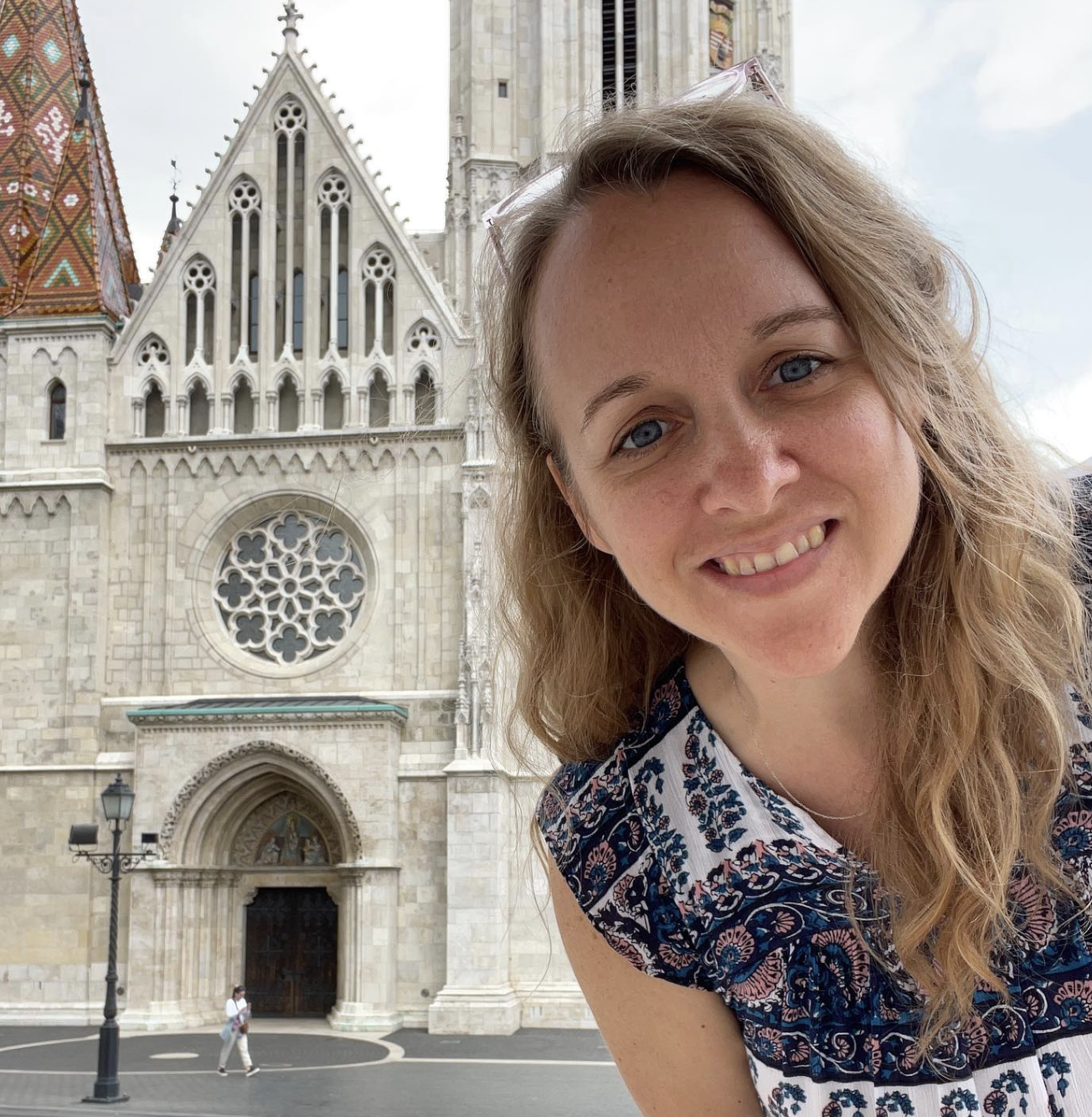Flying robot quadrotors perform the James Bond Theme by playing various instruments including the keyboard, drums and maracas, a cymbal, and the debut of an adapted guitar built from a couch frame. The quadrotors play this "couch guitar" by flying over guitar strings stretched across a couch frame; plucking the strings with a stiff wire attached to the base of the quadrotor. A special microphone attached to the frame records the notes made by the "couch guitar".
These flying quadrotors are completely autonomous, meaning humans are not controlling them; rather they are controlled by a computer programed with instructions to play the instruments.
Penn's School of Engineering and Applied Science is home to some of the most innovative robotics research on the planet, much of it coming out of the General Robotics, Automation, Sensing and Perception (GRASP) Lab.
This video premiered at the TED2012 Conference in Long Beach, California on February 29, 2012. Deputy Dean for Education and GRASP lab member Vijay Kumar presented some of this groundbreaking work at the TED2012 conference, an international gathering of people and ideas from technology, entertainment, and design.
The engineers from Penn, Daniel Mellinger and Alex Kushleyev, have formed a company called KMel Robotics that will design and market these quadrotors.
More information: http://www.upenn.edu/spotlights/penn-quadrotors-ted
Video Produced and Directed by Kurtis Sensenig
Quadrotors and Instruments by Daniel Mellinger, Alex Kushleyev and Vijay Kumar
 Submitted by Alper Bozkurt on October 4th, 2012
Submitted by Alper Bozkurt on October 4th, 2012
 Submitted by Craig Rieger on September 18th, 2012
Submitted by Craig Rieger on September 18th, 2012
 Submitted by Veronica Santos on September 4th, 2012
Submitted by Veronica Santos on September 4th, 2012
 Submitted by Katie Dey on April 16th, 2012
Submitted by Katie Dey on April 16th, 2012
 Submitted by Craig Rieger on April 16th, 2012
Submitted by Craig Rieger on April 16th, 2012